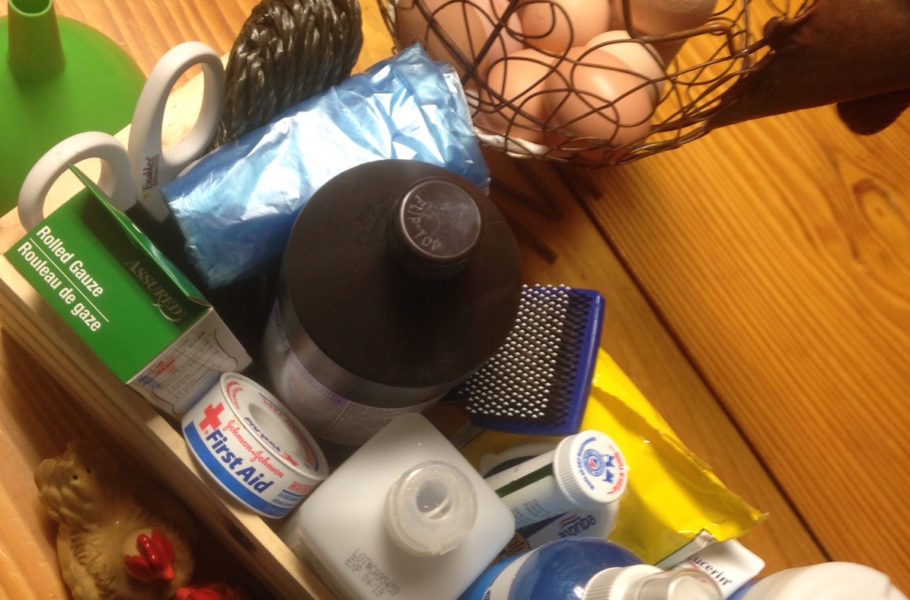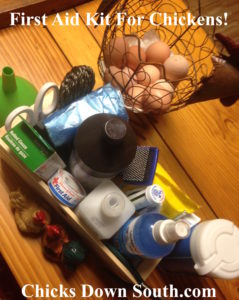
Hurricane Guide For Chickens and Their Owners
Hurricane Guide For Chickens
We’re living in a day that we know the general direction of storms and approximate times for their visit. Here in Florida, hurricanes can be expected during hurricane season from June 1- November 30. Hurricane season includes areas in the Atlantic Ocean, Gulf of Mexico and Caribbean Sea. According to Reference.com “About 40% of all major U.S hurricanes strike Florida and of the category 4 or higher that have hit the U. S., 83 percent have struck Florida or Texas. To be considered a hurricane, a storm must have winds of 74 mph or higher.
Chickens don’t weigh very much and so we chicken lovers know there is a lot to do to prepare for high winds. Too, we know chickens aren’t too fond of water therefore we must get ready.
We are looking at a possible hurricane in Florida within the next 3 days, so I thought it might be helpful to offer some tips to prepare for this up and coming storm for the safety of everyone involved. While the lives of your flock is of major importance, your life is important. So that you can continue to care for your flock, take care of yourself and family first and foremost. It’s like when flying on an airplane: “Put on your mask first and then help those nearby”.
Each of us have different situations where our flock are concerned but there are similar things to take into consideration. When thinking about a hurricane, high winds, flying objects, water damage, and security for animals comes to mind. Consider the following:
Before the Storm
• Spend time walking in and around your coop and run areas. Inspect and secure any and all loose wood, hanging items, doors, ladders, or chicken play toys. Many times, a chicken owner will put items in a run to allow birds opportunity for fun, and to provide ways for chickens to get on high perches. These items must be removed such that they do not end up as sharp objects which could torpedo in or around the area causing health issues.
• Anchor and tie down all lose items within and around the run. Ensure all coops are safe and strong so that chickens are secure. In order to keep chickens safe, the coops, runs and items inside must be able to withstand 70 mile an hour winds. Remove all items that cannot hold up safely.
• If the coop is not secure, a garage, barn or enclosed area can be used for keeping chickens safe. Placing a large tarp on the floor can provide some relief for chickens if the coops are not safe. Carriers, crates and boxes can also be used inside barns and enclosed areas. The most important thing is to consider the possibility of rain and high winds when determining what to do.
• Placing pets inside strong coops, barns, enclosures, etc. is paramount when high-wind storms come.
• Be sure to secure enough water for all chickens and animals. It will be important to put food and water inside the coops, and enclosed areas.
• Batton down the hatches, close windows, and secure all doors which may mean using nails or screws to secure them so they don’t fly open. I use screws with a battery-operated drill. It’s quick, simple and easy to secure tightly and remove when needed. Secure all exit areas to ensure fowl cannot escape during the storm.
Supplies Needed:
The following supplies may be helpful:
• Flashlights and batteries • AC-DC operated radio • a first aid kit with medications, peroxide, Vetericyn, antibiotics, and ointments.
• Stockpile food and water- At minimum, chickens need 2 cups of food per day and 1/4 gallon of water per chicken per day. It would be helpful to stockpile for at least 3-5 days. Be sure to store food in a high and dry area.
During the Storm
Once you have your coops and chickens as secure as you can, your safety is first and foremost. In order for you to care for your animals after the storm you must be safe during the storm so keep this in mind as you ride out the winds and rain of a hurricane. Safety first should be in your mind as you think about your hurricane situation. High winds and rain damage can be very serious and if you live in an area of large trees, staying inside will be of great importance during the strongest momentum of the storm.
The American Humane Society recommends that animals or humans not be left in vehicles. Know your own exit areas and be wise to where your animals would probably take cover should they get loose during a storm. Animals have their own survival instincts in the event that it is necessary for them. In those cases, let nature take its course.
After the Storm
It cannot be said enough regarding your personal safety so avoid going outside to check on damage until the storm has completely passed. Also, avoid allowing animals outside until the storm has gone. All chickens should remain in their carriers, crates, coops and secured places until the storm has passed by to ensure their safety.
• Changes in the weather and environment affects chickens and their anxiety level. Keep an eye on them as they readjust to their runs and living quarters. Some may act and react to these new change so simply keep watch as best as possible.
After the storm has gone and the sun shines again, it will be time to assess the damage and figure out what worked well and how to better prepare for the next storm.
Be Safe Everyone
Click Below To Visit Our Store
Archives
- July 2020
- April 2020
- March 2020
- October 2019
- February 2018
- January 2018
- December 2017
- November 2017
- October 2017
- September 2017
- August 2017
- July 2017
- June 2017
- March 2017
- January 2017
- November 2016
- October 2016
- September 2016
- August 2016
- July 2016
- March 2016
- February 2016
- January 2016
- December 2015
- November 2015
- October 2015
- September 2015
- August 2015
- July 2015
- June 2015
- May 2015
- April 2015
- March 2015
- February 2015
- January 2015
- December 2014
- November 2014
Up and Coming Events
| M | T | W | T | F | S | S |
|---|---|---|---|---|---|---|
| 1 | 2 | 3 | 4 | |||
| 5 | 6 | 7 | 8 | 9 | 10 | 11 |
| 12 | 13 | 14 | 15 | 16 | 17 | 18 |
| 19 | 20 | 21 | 22 | 23 | 24 | 25 |
| 26 | 27 | 28 | 29 | 30 | 31 | |



